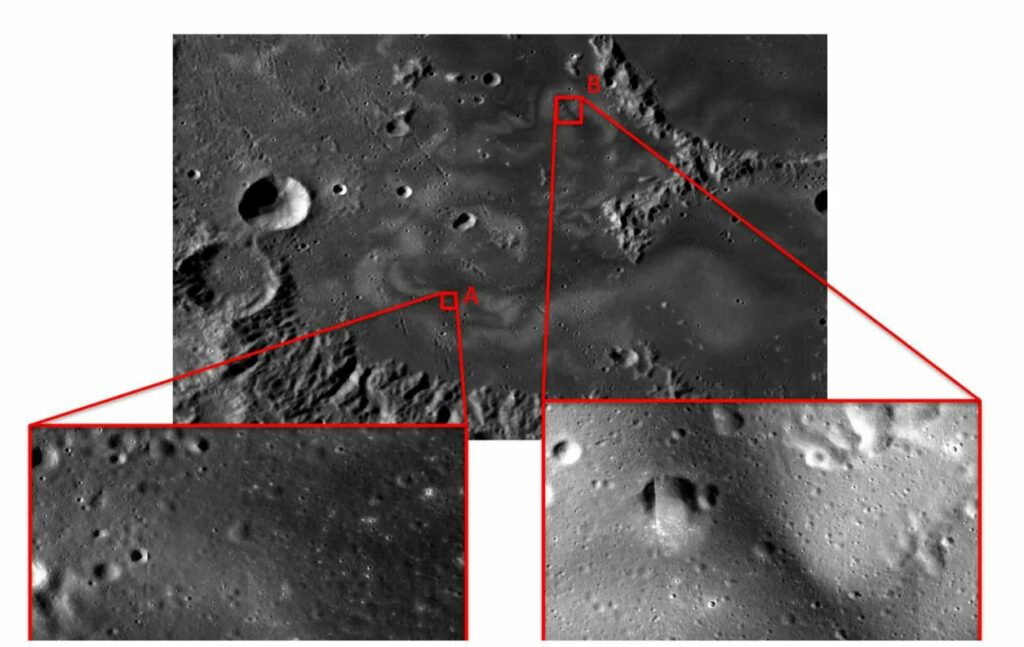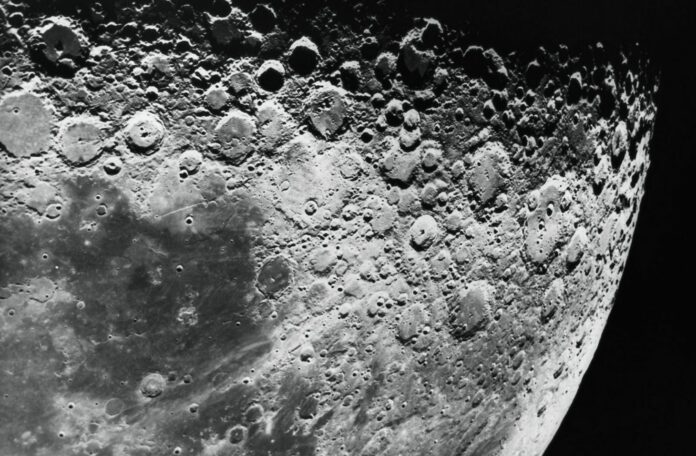There Are Many Ways Enigmatic Swirl Patterns Could Form on the Moon, But Scientists Think This One is Most Likely
A new analysis of lunar swirls, led by a team of scientists headed by Deborah Domingue, has unveiled compelling evidence of a highly mobile regolith on the Moon.
Swirls are puzzling lunar surface albedo (light reflection) patterns connected with local magnetic anomalies.
The mechanisms governing their formation have been a subject of scrutiny and debate since their initial discovery. The prevailing theory suggests the shielding of the lunar surface from solar wind radiation by the associated magnetic anomaly.
This explains the whirling pattern since shielded material is brighter than radiated stuff outside of the magnetic field. However, the spectral characteristics of shielded materials do not always match what is predicted.
Another theory is that electrostatically levitated dust is preferentially separated and trapped by the magnetic field. The electrostatically-levitated lunar dust is the smallest size fraction of lunar dust, which is composed of brighter minerals on the Moon than the bigger sizes, which are more difficult to electrostatically move.
The darker dust contains nanometer-scale iron inclusions (tiny particles of material within a grain formed of a different material than the grain itself), which are considered to be magnetically separated and deposited in the swirls’ dark sections.
Surprisingly, one method of producing this nanometer-scale iron is by solar wind radiation.
To resolve the debate between these hypotheses, scientists turned to surface texture analysis, specifically focusing on a region in Mare Ingenii.

Employing photometric analysis, which examines how materials scatter light under varying illumination and viewing conditions, the researchers made significant discoveries.
While the grain-to-grain roughness remained consistent across the swirl region, the dark lanes exhibited soil with grains featuring a more intricate structure.
Furthermore, the study demonstrated compositional differences between the bright and dark areas, aligning with expectations derived from dust collection and segregation.
Furthermore, they reveal that the composition of the light and dark zones differs, as expected from dust collection and segregation.
PSI researchers John Weirich, Frank Chuang, Amanda Sickafoose, Samuel Courville, Eric Palmer, and Robert Gaskell contributed to the study as well.
Image Credit: Getty
